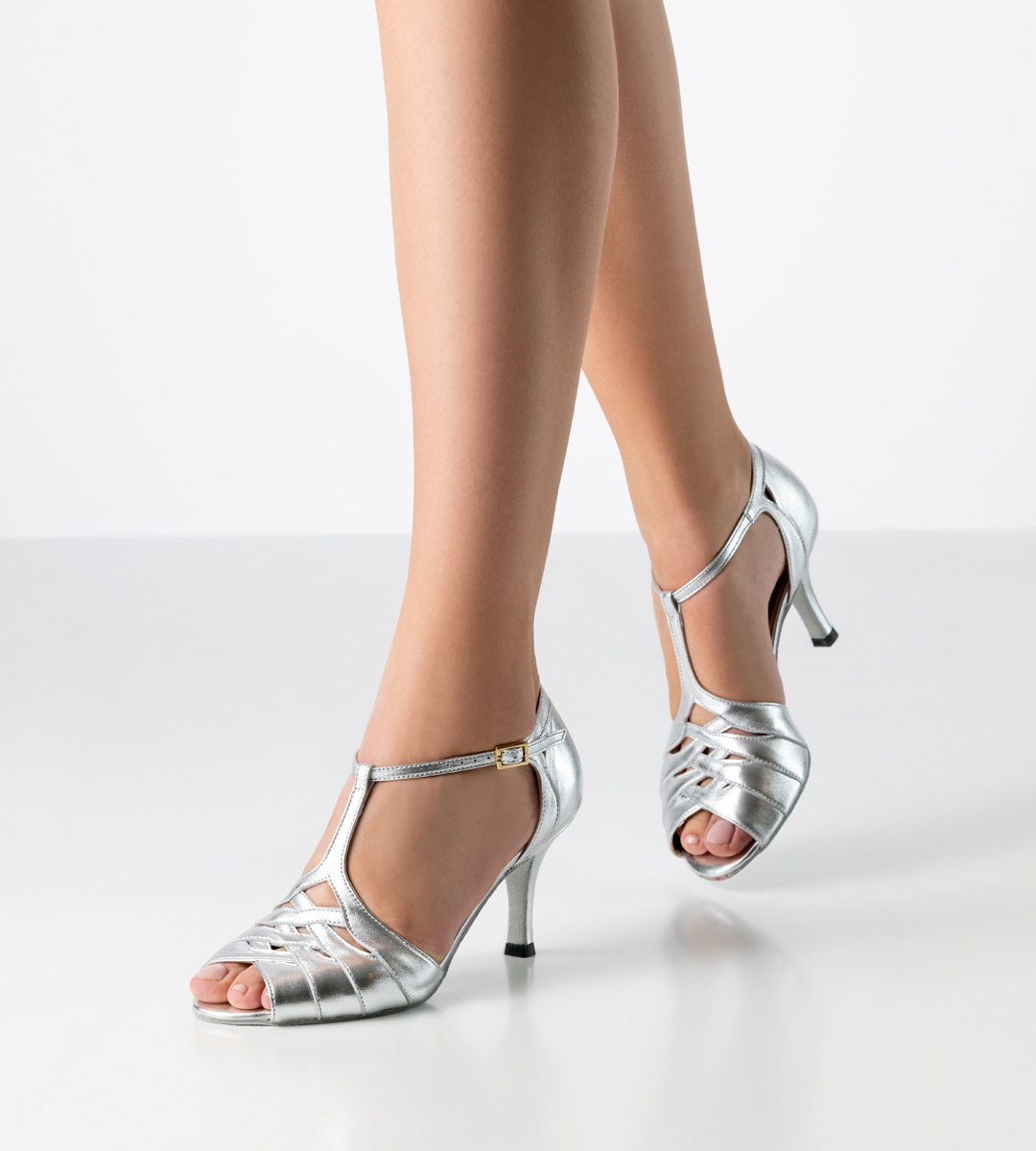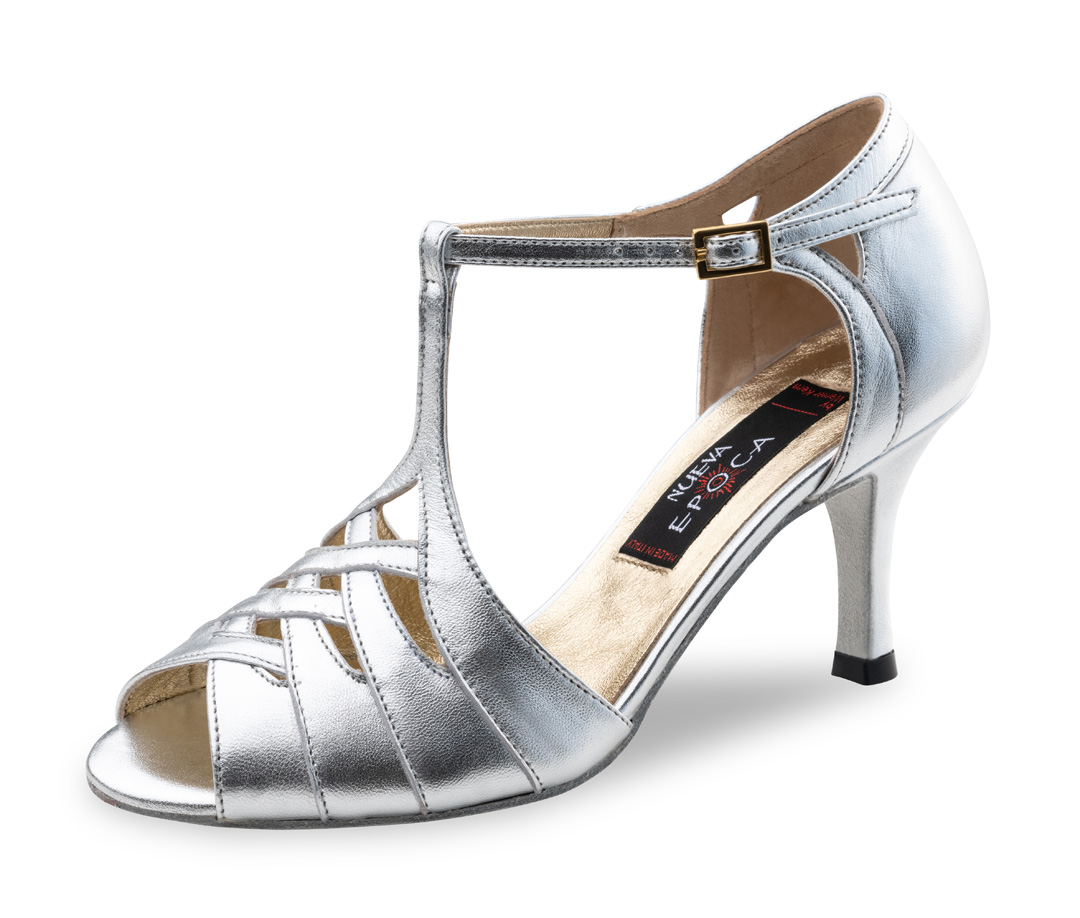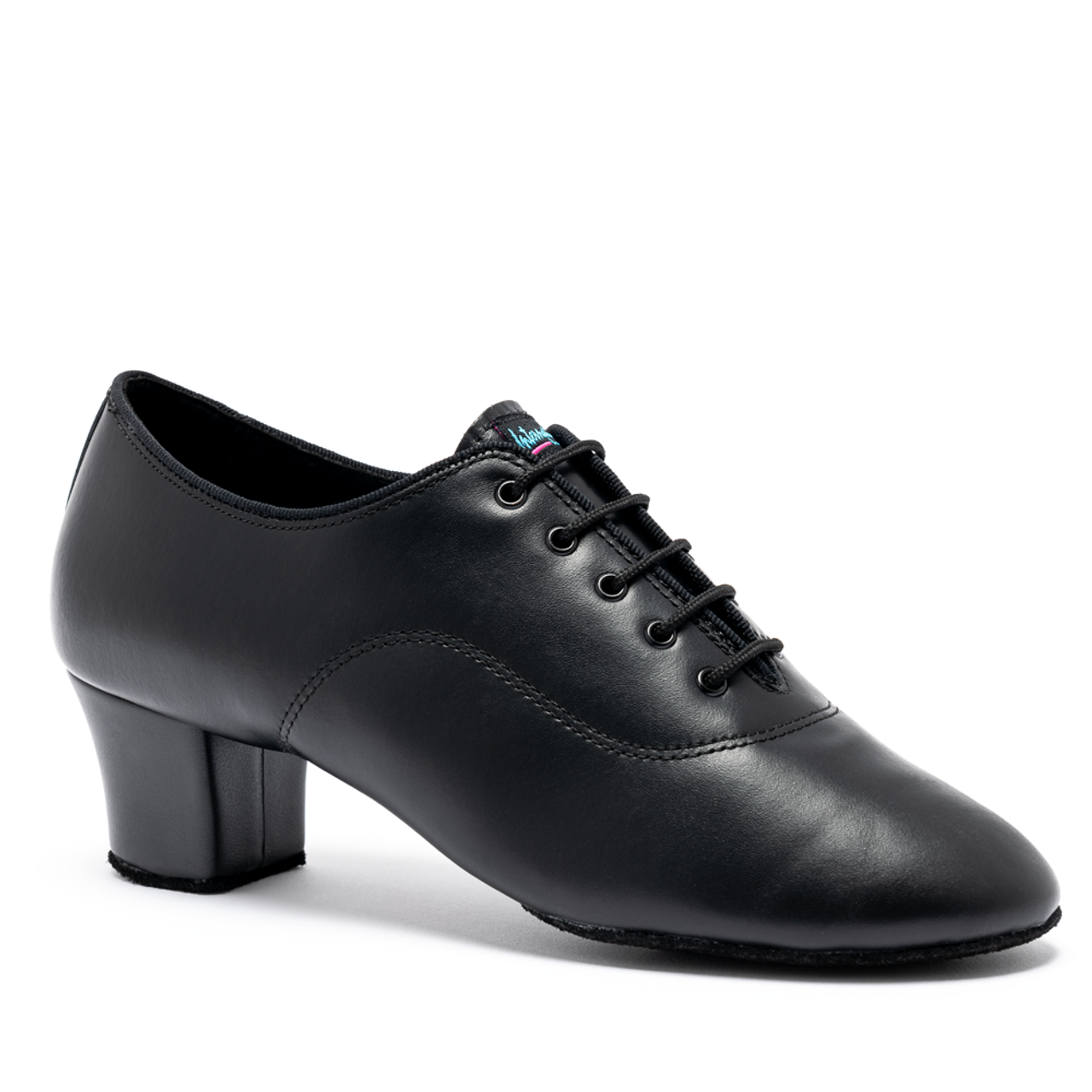Dance shoes are typically made of leather, canvas, or satin. The soles are often crafted from suede or rubber for grip.
Dance shoes are essential for dancers, providing the necessary support and flexibility. Leather dance shoes are durable and mold to the foot over time, enhancing comfort and performance. Canvas shoes are lightweight and breathable, ideal for practices and performances. Satin dance shoes, often used in ballet, offer a sleek and elegant appearance.
The soles, made from suede or rubber, ensure optimal traction and smooth movements on various dance floors. These materials collectively contribute to the dancer's ability to perform with precision and grace. Choosing the right dance shoes is crucial for preventing injuries and achieving optimal performance.
Introduction To Dance Shoes
Dance shoes are vital for dancers. They offer comfort, support, and style. These shoes are crafted from various materials. Each material serves a unique purpose. Knowing what dance shoes are made of helps in choosing the right pair.
Purpose And Importance
Dance shoes enhance performance. They are different from regular shoes. They have special soles and construction. This helps dancers move smoothly and safely.
They provide the right amount of grip. This prevents slipping and falling. They also protect the feet from injuries. Proper dance shoes improve posture and balance.
Historical Evolution
Dance shoes have a rich history. They have evolved over time. In the early days, dancers performed barefoot. Later, they started using simple leather shoes.
In the 19th century, ballet shoes were introduced. These were soft and flexible. Tap shoes came next. They had metal plates on the soles. This created a tapping sound.
Today, dance shoes are highly specialized. Different styles exist for different dances. Materials have also advanced. They now include leather, satin, and mesh.

Credit: www.werner-kern.com
Leather In Dance Shoes
Leather is a popular material in dance shoes. It provides comfort, flexibility, and durability. Dancers often prefer leather for its breathable and adaptive qualities. Let's explore the different types of leather and their benefits.
Types Of Leather
Various types of leather are used in dance shoes. Each type has unique properties:
- Full-grain leather: The most durable and breathable type.
- Split leather: Offers flexibility and is lightweight.
- Suede: Known for its softness and smooth texture.
- Patent leather: Shiny and stylish, often used for formal dance shoes.
Benefits Of Leather
Leather in dance shoes offers many advantages:
- Comfort: Leather molds to the foot, providing a custom fit.
- Durability: High-quality leather can withstand rigorous use.
- Breathability: Keeps feet cool and dry during performances.
- Flexibility: Allows for a wide range of motion.
- Style: Leather shoes often have a classic, elegant look.
| Type of Leather | Key Features |
|---|---|
| Full-grain leather | Durable, breathable, and molds to the foot |
| Split leather | Flexible, lightweight, and affordable |
| Suede | Soft, smooth, and enhances grip |
| Patent leather | Shiny, stylish, and easy to clean |
Synthetic Materials
Dance shoes often use synthetic materials for their lightweight and durable properties. These materials offer a balance of flexibility and support. They are popular among both beginners and professionals.
Common Synthetics Used
Several synthetic materials are used in dance shoes. Here are some common ones:
- Polyurethane (PU) - A versatile and durable option.
- Microfiber - Known for its softness and flexibility.
- Neoprene - Offers great elasticity and resilience.
- Nylon - Lightweight and breathable.
Advantages And Disadvantages
Each synthetic material has its pros and cons. Let's break them down:
| Material | Advantages | Disadvantages |
|---|---|---|
| Polyurethane (PU) |
|
|
| Microfiber |
|
|
| Neoprene |
|
|
| Nylon |
|
|

Credit: www.werner-kern.com
Suede Soles
Dance shoes often use suede for their soles. Suede soles offer a unique blend of grip and flexibility. This makes them ideal for various dance styles. Let's explore why suede soles are so popular among dancers.
Grip And Flexibility
Suede soles provide excellent grip on dance floors. This helps dancers perform with confidence. The suede material allows for controlled turns and spins. It prevents slipping and ensures safety.
Besides grip, suede soles are known for their flexibility. They move with the dancer's feet, allowing for natural movement. This flexibility reduces foot strain during long dance sessions.
Care And Maintenance
Proper care is vital for suede soles. Clean them regularly to maintain their grip. Use a suede brush to remove dirt and debris. This helps the soles stay in good condition.
To prevent damage, avoid wearing suede-soled shoes outdoors. Moisture and rough surfaces can ruin the suede. Store your shoes in a dry place. Use a shoe bag to keep them protected.
Follow these steps to extend the life of your suede soles. Proper care ensures they remain functional and comfortable.
Canvas In Dance Shoes
Canvas is a popular material in dance shoes. It offers both durability and comfort. Many dancers prefer canvas for its flexibility and breathability.
Durability And Comfort
Canvas dance shoes stand out for their long-lasting nature. The tightly woven fabric resists wear and tear. These shoes can handle rigorous dance sessions without falling apart.
Comfort is another key feature of canvas dance shoes. The material molds to the shape of your feet. This provides a snug and comfortable fit.
Canvas is also very breathable. This ensures that your feet stay cool and dry during long rehearsals.
| Feature | Benefit |
|---|---|
| Durability | Lasts through intense dance sessions |
| Comfort | Molds to feet for a snug fit |
| Breathability | Keeps feet cool and dry |
Popular Dance Styles Using Canvas
Many dance styles benefit from the use of canvas shoes. Here are some examples:
- Ballet: Canvas ballet shoes provide excellent flexibility for pointe work.
- Jazz: Canvas jazz shoes offer a light feel and good grip.
- Hip-Hop: Canvas sneakers are durable and stylish for street dances.
Canvas dance shoes are versatile and suitable for multiple dance forms. They offer the right mix of durability and comfort for dancers of all levels.

Credit: www.internationaldanceshoes.com
Future Trends
The world of dance shoes constantly evolves. New trends emerge to enhance performance, comfort, and style. Let's explore the future trends in dance shoes.
Innovative Materials
Dance shoes of the future will feature innovative materials. These materials aim to improve durability and flexibility. Advanced fabrics like nano-fibers and smart textiles are becoming popular.
Smart textiles adapt to the dancer's movements. They offer better support and comfort. Nano-fibers add strength without extra weight. These materials will revolutionize dance shoes.
Here is a table showing some innovative materials:
| Material | Benefit |
|---|---|
| Nano-fibers | Lightweight and strong |
| Smart Textiles | Adapts to movement |
Sustainability In Dance Shoes
Future dance shoes will focus on sustainability. Eco-friendly materials reduce the environmental impact. Recycled fabrics and biodegradable materials are becoming popular.
Manufacturers are also adopting sustainable practices. This includes using less water and energy in production. Ethical labor practices are also a key focus.
Here are some sustainable practices:
- Using recycled materials
- Reducing water usage
- Energy-efficient production
- Ethical labor practices
Sustainable dance shoes benefit the planet and the dancer. They offer the same performance with a reduced ecological footprint.
Frequently Asked Questions
What Is The Difference Between Dance Shoes And Regular Shoes?
Dance shoes have suede or leather soles for smooth movement. Regular shoes have rubber soles for traction. Dance shoes offer more flexibility and support for footwork. Regular shoes are designed for everyday wear and comfort. Dance shoes are lighter and tailored for specific dance styles.
What Fabric Are Ballet Shoes Made Of?
Ballet shoes are typically made of canvas, leather, or satin. Canvas offers flexibility, leather provides durability, and satin gives a classic look. Each material serves different needs for dancers.
What Are Proper Dance Shoes?
Proper dance shoes provide support, flexibility, and grip. They match the dance style, like ballet, tap, or ballroom. Proper fit prevents injuries.
What Are Tap Dance Shoes Made Of?
Tap dance shoes are typically made of leather or synthetic materials. They feature metal taps on the heel and toe. These materials provide durability and create the distinctive tapping sound.
What Materials Are Dance Shoes Made Of?
Dance shoes are commonly made of leather, satin, or canvas for flexibility and durability.
Conclusion
Understanding the materials used in dance shoes helps you choose the best pair for your needs. Leather, canvas, and suede are popular choices, each offering unique benefits. Always consider the type of dance and personal comfort. Investing in quality dance shoes can greatly enhance your performance and protect your feet.
